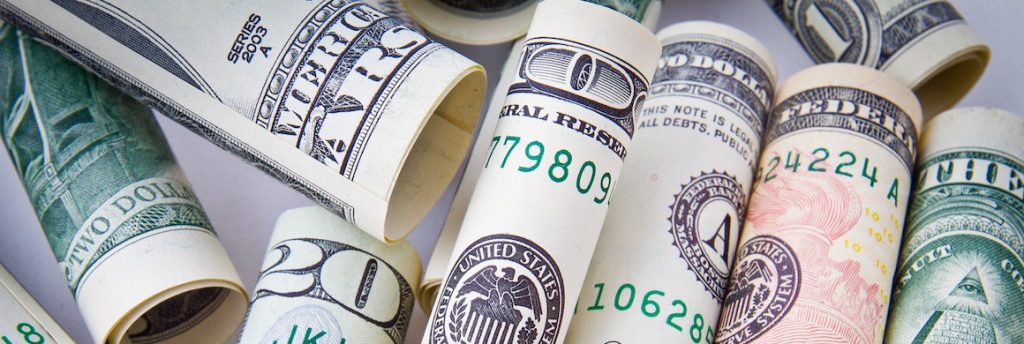The University of Washington Looks at the Effect of Minimum Wage

Over the years, there have been many arguments for and against raising the minimum wage. The issue is that study results vary. Three years ago, Seattle became one of the first cities in the nation to approve a $15-an-hour minimum wage, to be implemented over several years. It started in April 2015, when the wage raised to $11 an hour from $9.47. Then, it continued in January 2016 with an increase to $13 an hour.
The first study to look at the effect of this increase was presented by researchers at the University of California, Berkeley. They found that increasing the minimum wage level only leads to a small reduction in employment. However, that wasn’t the case for the most recent report completed by researchers at the University of Washington.
According to UW researchers, based on their study of hours and earnings for workers affected by the increase, raising the minimum wage can have a strong negative effect on employment. They reviewed all industries to measure the change in hours worked and discovered that raising the minimum wage, while resulting in higher wages, also significantly reduced the working hours of these same workers.
They found that this fact has been particularly true for the $2 wage increase that happened in 2016. While wages rose about 3 percent, the number of hours worked by those same individuals decrease by about 9 percent, creating an average net loss of earnings.
However, the research has not been peer reviewed at this time, and some skeptics argue that it is inaccurate. Ben Zipperer, an economist at the Economic Policy Institute, noted, “The key challenge this study faces is how to separate the normal shift that’s happening in a booming labor market—where low-wage jobs disappear and are replaced by higher-wage jobs—from an actual increase in the minimum wage. This study exhibits signs that it’s not able to do it,” he told the New York Times.
To combat this issue, the University of Washington attempted to compare the change in Seattle’s working hours to those of other areas in Washington State. According to the research paper, Seattle’s decline in hours was unique. The other regions did not exhibit a similar pattern.
Mark C. Long, one of the authors of the UW paper, told the New York Times that he felt confident in their results. “You see the biggest difference in the effect when the minimum wage increased from $11 to $13,” he said. “The timing suggests it’s the minimum wage” as opposed to a booming economy.
Still, it’s too soon to tell if the UW study is accurate, as the roll out of a higher minimum wage continues in Seattle.
